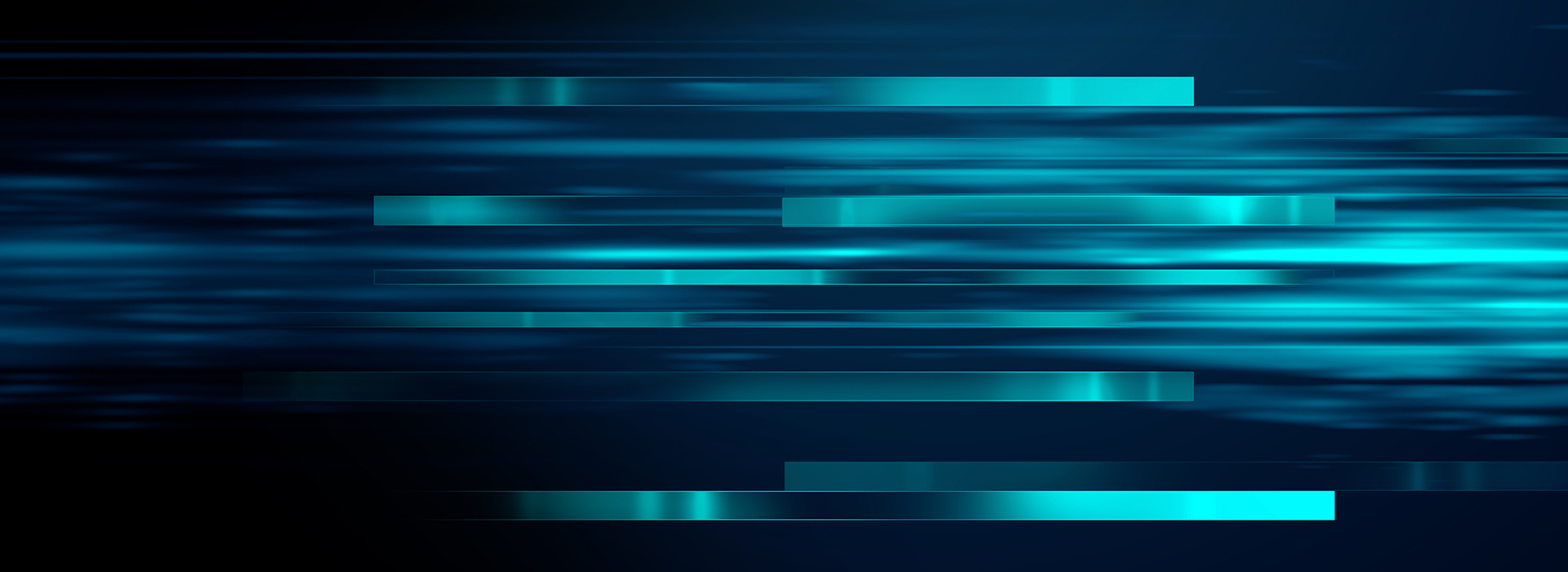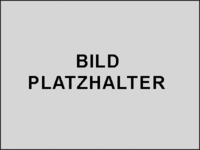Hauptseite/en
Aus Aifbportal
Welcome at the Institute AIFB Universität Karlsruhe (TH),
the
Institute of Applied Informatics and Formal Description Methods.
Professors
Prof. Dr. Sanja Lazarova-Molnar
Prof. Dr. Andreas Oberweis
Prof. Dr. Harald Sack
Prof. Dr. Ali Sunyaev
Prof. Dr. York Sure-Vetter
Prof. Dr. Alexey Vinel
Prof. Dr. J. Marius Zöllner
News and Events
- News:

